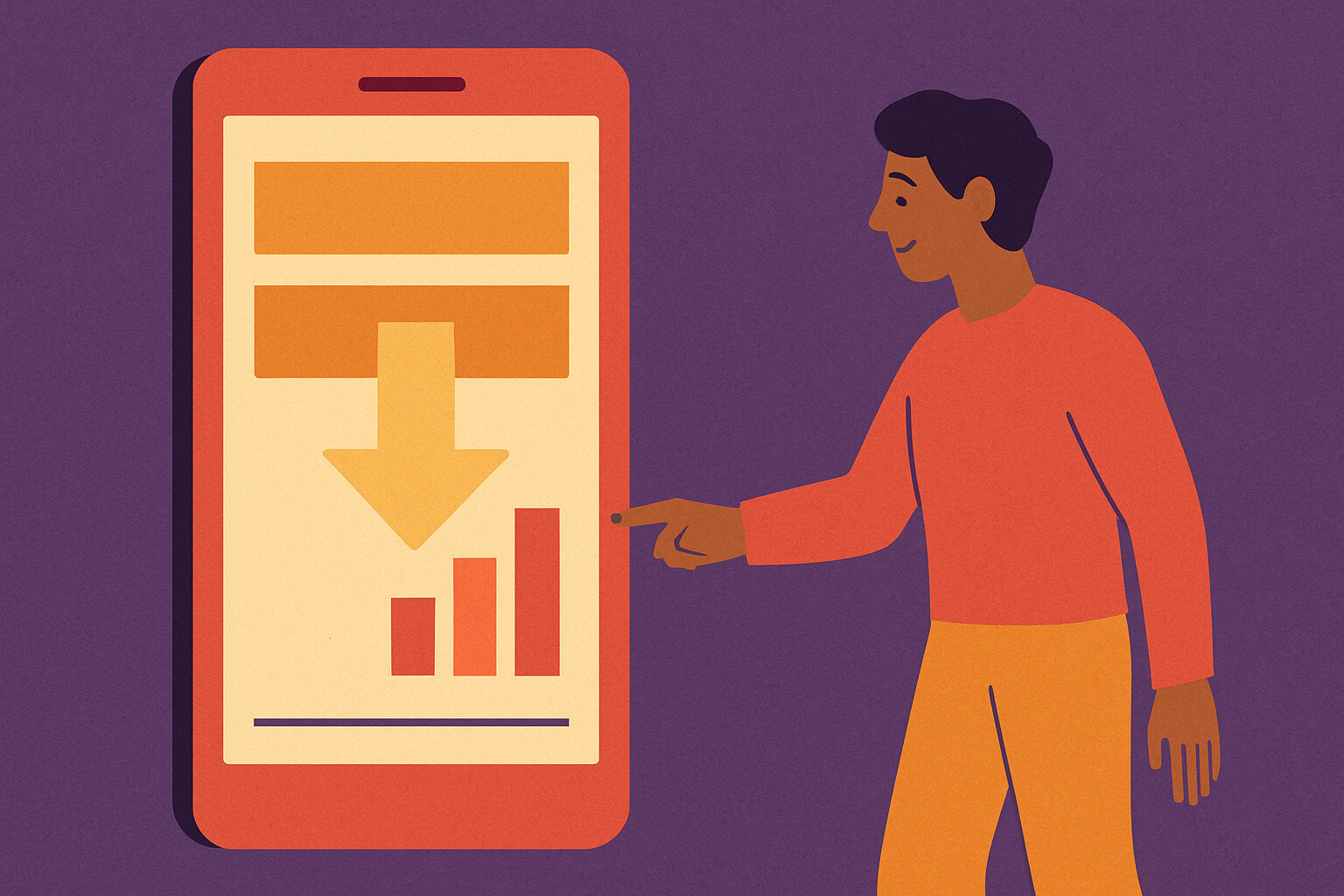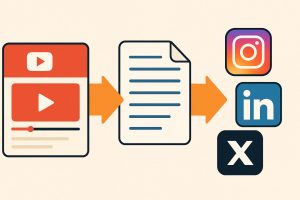Why It Matters How Far the Audience Scrolls
When creating content for a website, the focus is often on headlines, keywords, and calls to action. But there’s another metric that’s often overlooked—scroll depth. This refers to how far down a page a visitor scrolls before leaving or navigating away.
Scroll depth isn’t just data. It’s a signal of how your audience actually engages with your content. It helps identify where users stop reading, which sections are completed, and what parts never even get seen.
For content creators and strategists, scroll depth serves as a guide to see whether the content keeps the reader engaged from start to finish. Simply tracking how far users scroll offers deeper understanding of their behavior—and that’s where smarter content planning begins.
How It Helps Measure Engagement
There are many metrics for engagement: likes, comments, time on page. But not everyone who spends time on a page is actually reading—it could just be an idle browser tab. Scroll depth gives a more accurate picture: Did the user actually move through the content?
Knowing how far users typically scroll reveals which parts of the content are frequently skipped. This allows for strategic reordering of information. Important details might need to be moved up the page.
A blog site wondered why their click-through rate remained low despite high page visits. When they analyzed scroll depth, they discovered that users left before reaching the call to action at the bottom. After moving it to the middle of the page, engagement increased.
Improving Page Layout and Design
It’s not just the content that needs evaluation—page layout matters too. Scroll depth reveals whether the design encourages continued scrolling. If users drop off early, there may be issues with layout, readability, or visual flow.
A travel website noticed low scroll depth on its destination guides. Reviewing the page, they saw an oversized header image and cramped text. After improving spacing and lightening the top section, more users explored further down the page.
A well-structured layout makes scrolling feel effortless. If the content is clearly told and well-organized, reading continues naturally. Scroll depth helps pinpoint where to adjust how your message is presented.
Organizing Content in the Right Order
Sometimes the problem isn’t the content—but the sequence. If the most important information is at the bottom and readers never reach it, the message is lost. Scroll depth reveals when key points should be delivered.
An online health magazine found that most readers only scrolled through the first 25% of articles. They used to place practical tips at the end. After moving summaries and highlights to the top, scroll rates improved.
Content is like storytelling. If the best part is saved for last but never seen, the effort is wasted. Scroll data makes it easier to decide when to present key information for maximum impact.
Identifying Where Drop-Off Happens
The drop-off point is the section of a page where most readers begin to disengage. It’s not always at the end—some users leave halfway through. Scroll depth clearly shows where this happens and why.
There may be technical issues like slow image loading, or psychological ones like text-heavy sections without breaks. Scroll depth data acts as an alert, showing exactly where improvements are needed.
One content site experienced frequent bounces at the 50% mark. On review, they discovered a pop-up ad at that point disrupted the reading experience. Once removed, scroll depth improved and conversions increased. A small fix, a big result.
Focusing on Key Sections of the Page
Not all parts of content are equally important. Critical sections—like product highlights, testimonials, or sign-up forms—need to be seen. If users don’t scroll that far, those sections lose effectiveness.
Scroll depth clarifies which sections are getting exposure. If users only reach 40% of the page, and your form is at 70%, it’s likely being ignored. Consider repositioning important elements higher up the page.
An online course platform placed a course preview in the middle of an article instead of at the end. As a result, sign-ups doubled in the following weeks. The data showed more users were actually seeing the preview, leading to more conversions.
Using Scroll Data for A/B Testing
Scroll depth is a practical tool for supporting A/B testing. Beyond just measuring conversions, it helps identify which version of a page holds the reader’s attention more effectively.
If you’re testing two landing page layouts and one results in deeper scrolling, it signals a more engaging presentation. While not a guaranteed sales boost, it’s a step toward stronger performance.
A SaaS company tested two formats—one with full-page scroll, another with a modular, sectioned layout. Scroll data revealed the modular version encouraged deeper exploration. They used this format for future campaigns.
Understanding Audience Behavior by Device
Scroll depth varies across devices. Desktop users may scroll further than mobile users—or vice versa. Device-specific scroll tracking provides insight into how different audience segments engage with content.
If most traffic is mobile and scroll depth is low, you may need shorter paragraphs, larger buttons, and a more visual layout. Mobile users move quickly, so key content needs to appear higher on the page.
An ecommerce brand optimized its product pages based on mobile scroll behavior. Since most users didn’t reach the specs section, they moved it closer to the image gallery. Purchases increased following this small change.
Strengthening Storytelling with Better Retention
Deep scroll depth is a sign of interest. If readers reach the bottom, it means their attention was captured from the start. In content strategy, this indicates strong storytelling—something worth replicating across other topics.
A good story isn’t just information—it’s a flow of ideas, tone of voice, and well-paced structure. When you know which storytelling style leads to deeper scrolls, you can apply those same principles to future content.
A lifestyle blog noticed that narrative-style articles had deeper scroll depth than listicles. They shifted their content style accordingly and found that readers stayed longer on pages—resulting in more ad views and shares.
Smarter Content Strategy Using Scroll Depth
Understanding scroll depth offers clear insight into how audiences move through your content. It’s not just another analytics metric—it’s a foundation for making content more effective, direct, and meaningful.
With this data, you can adjust layout, tone, and information flow more accurately. No more guessing what works. Scroll depth tells you how to structure your story next time.











No responses yet